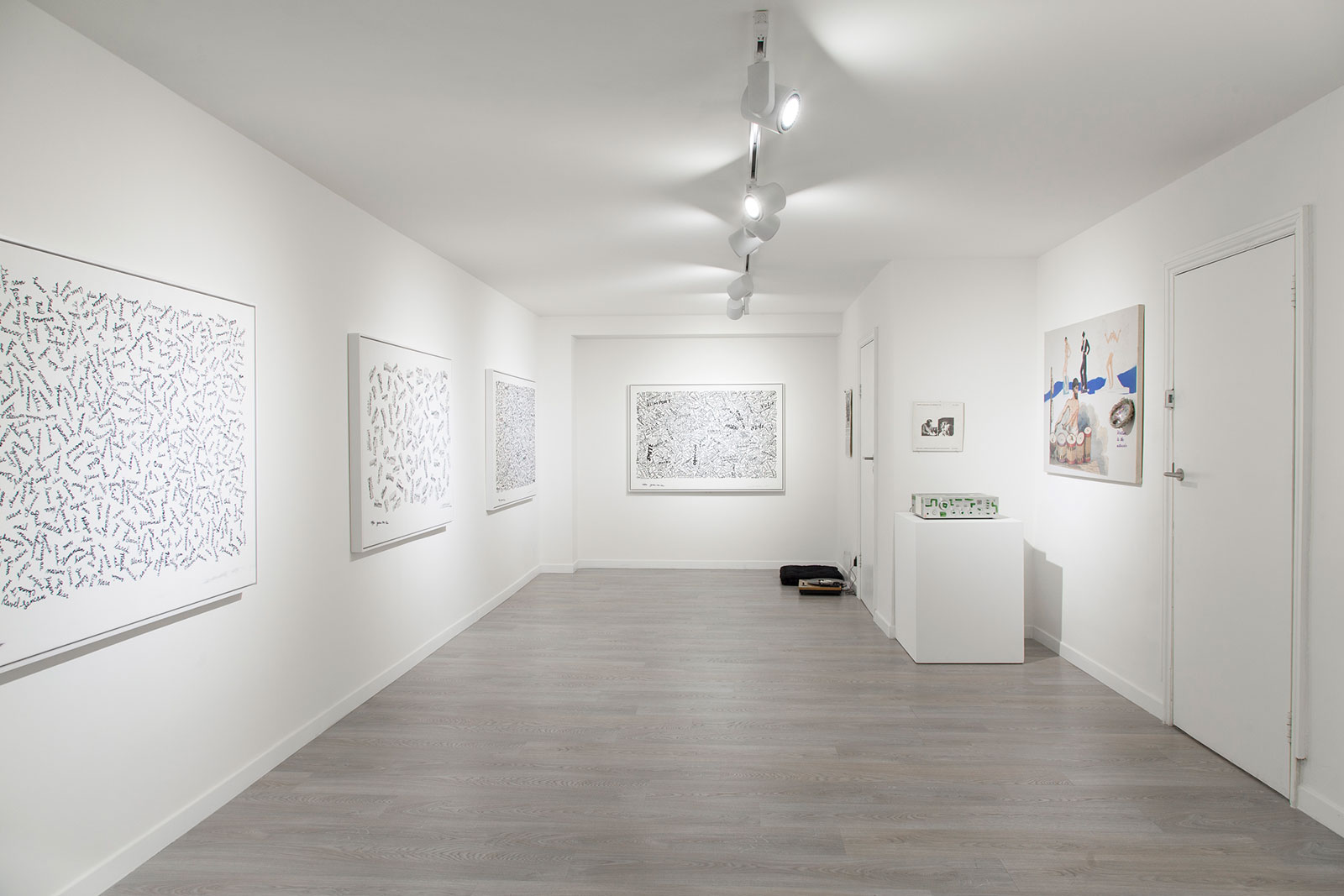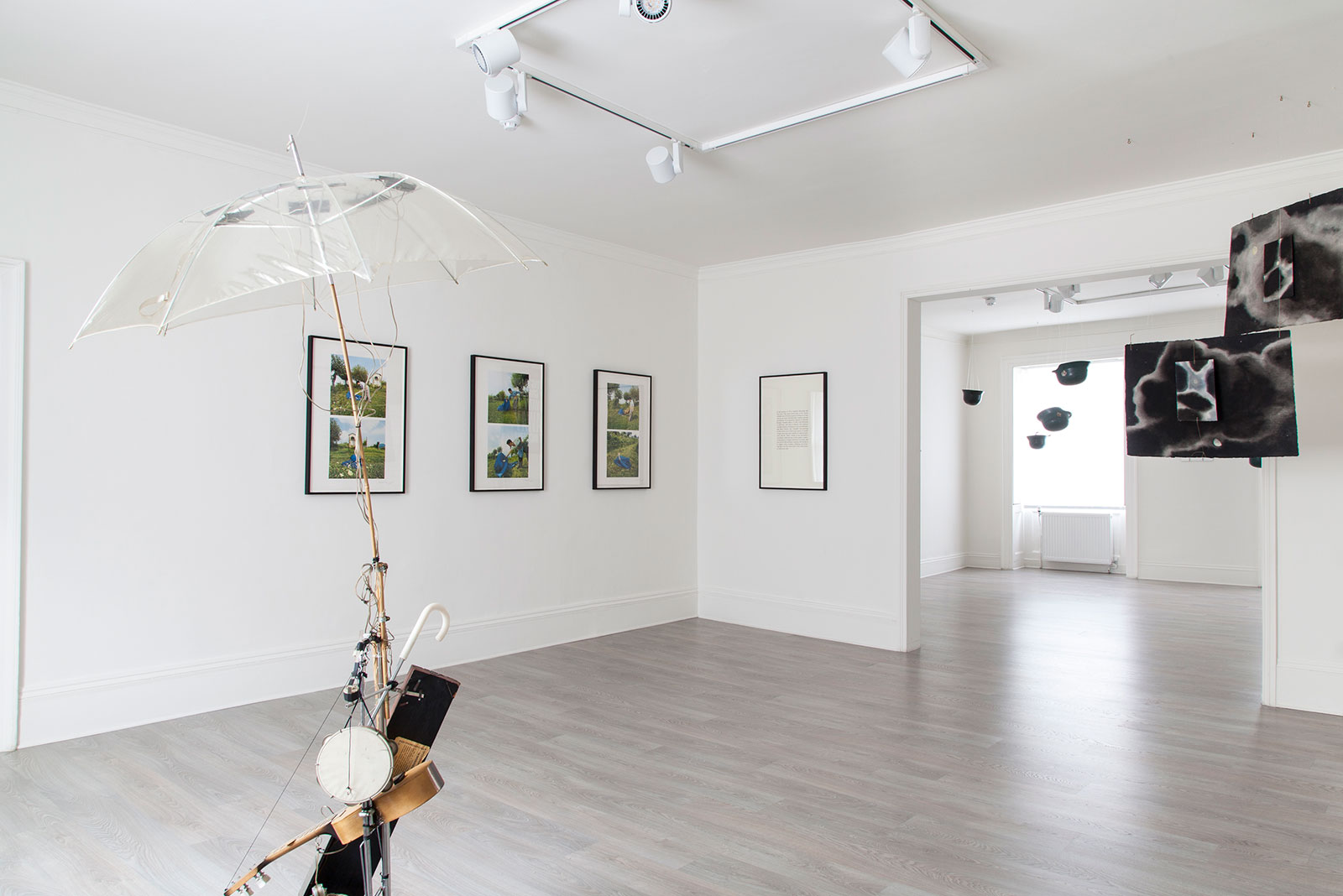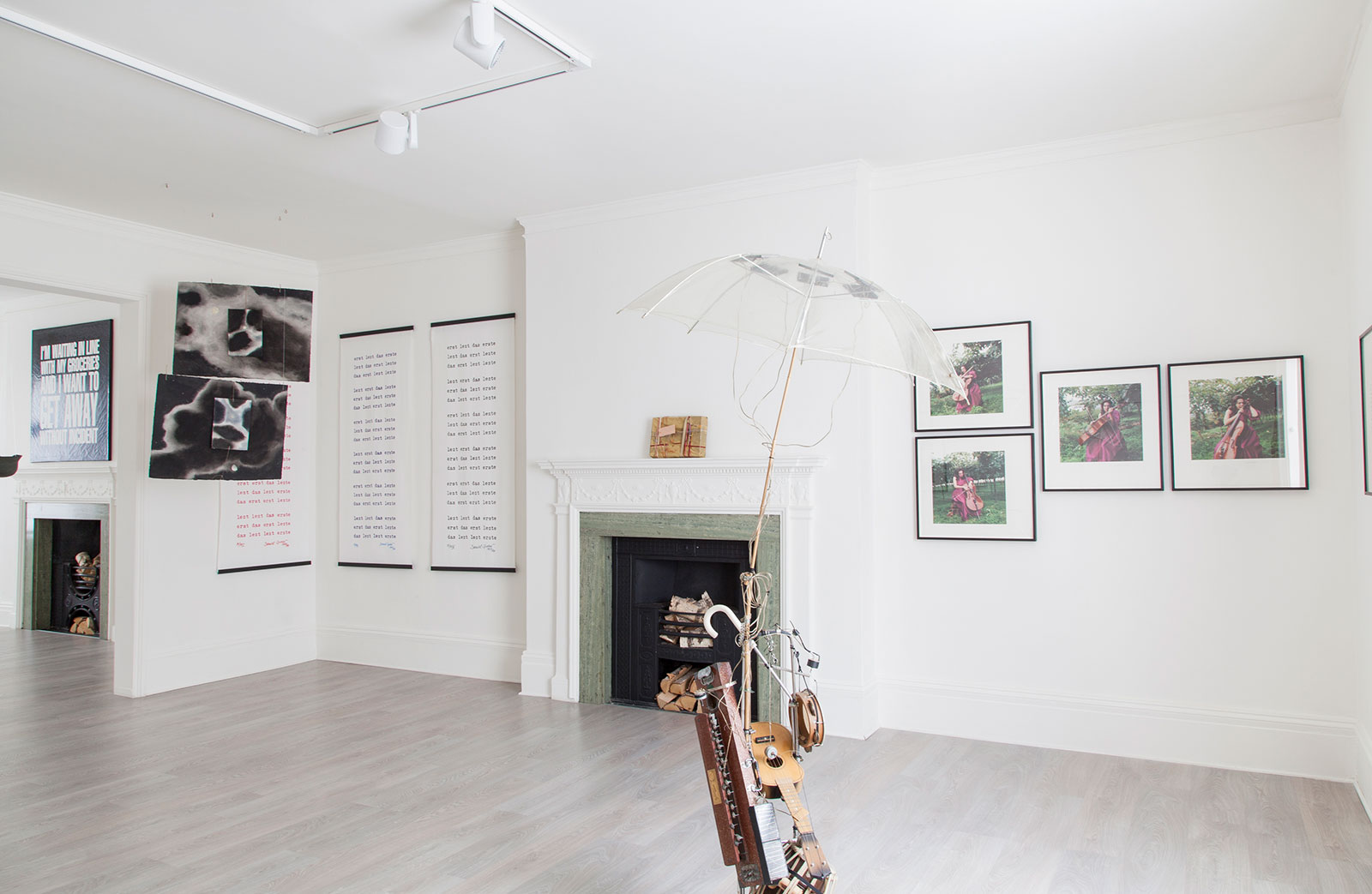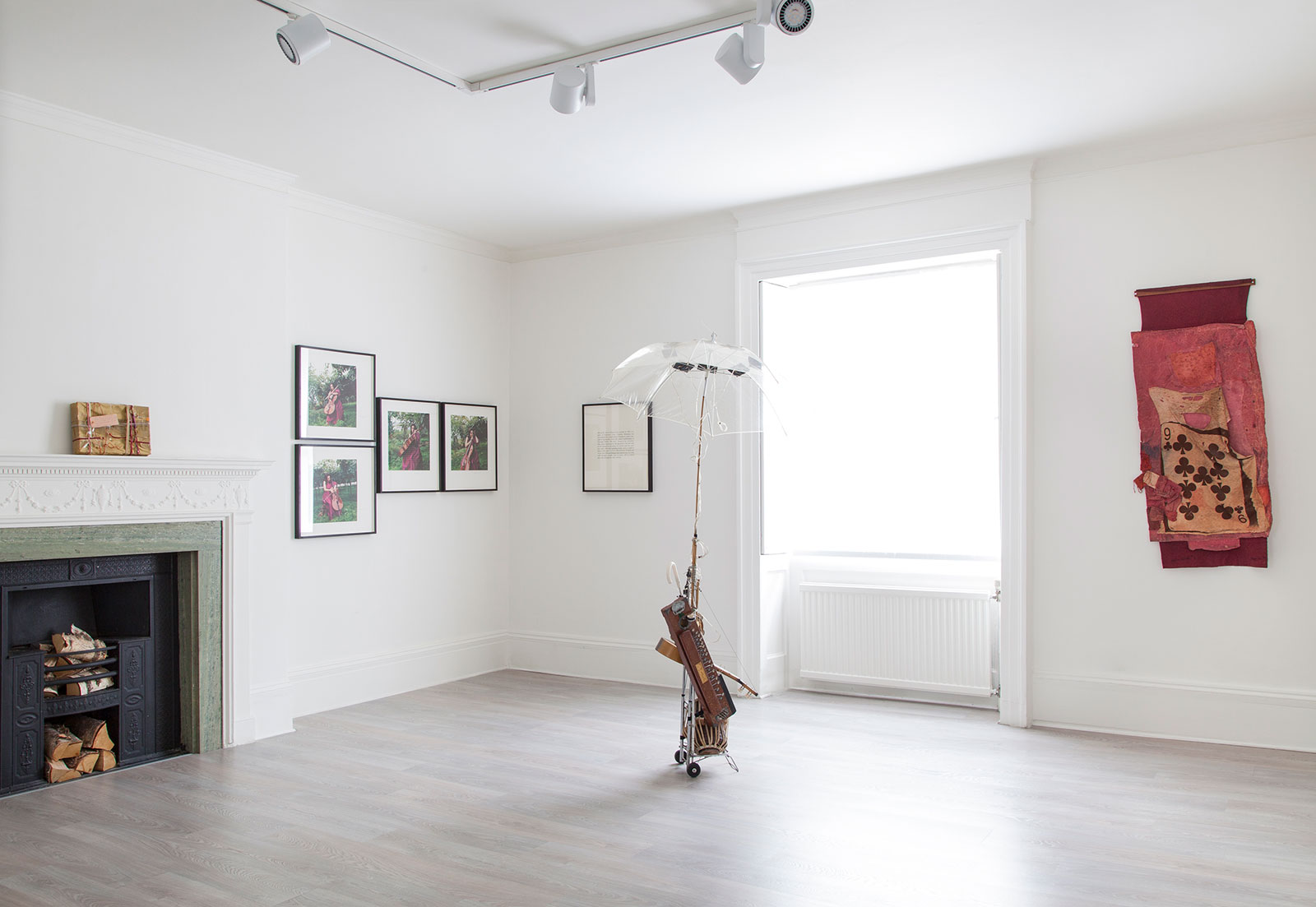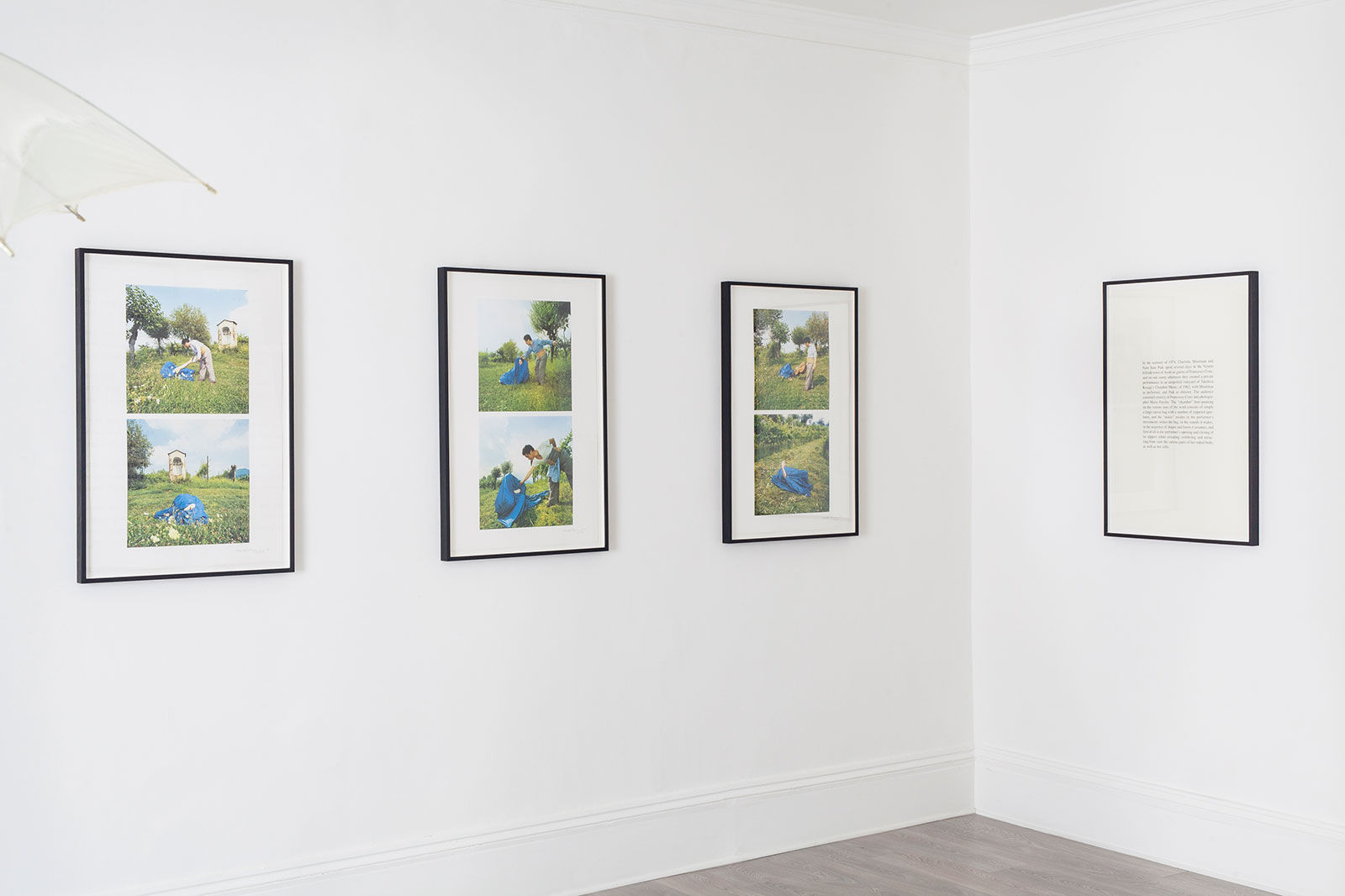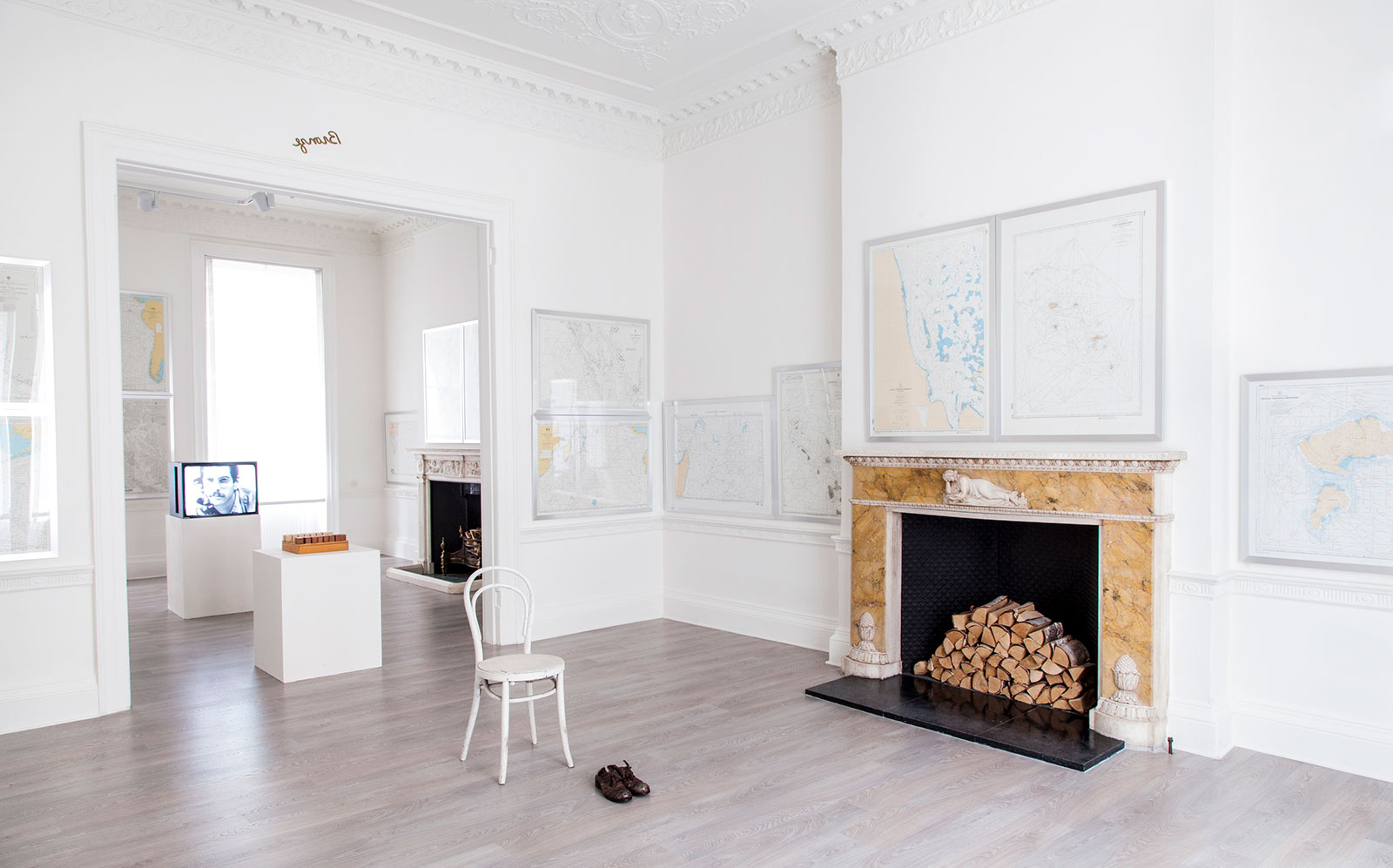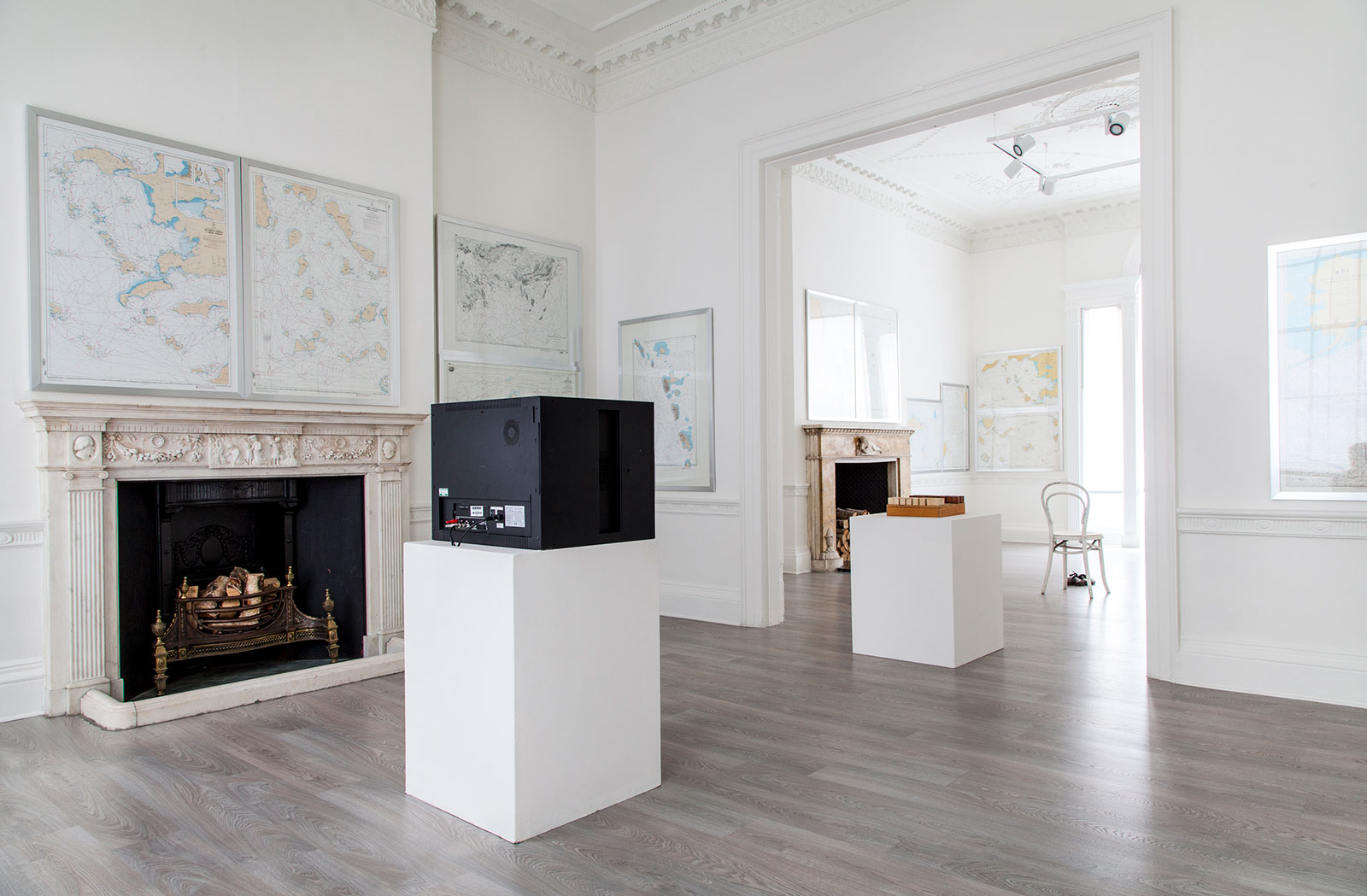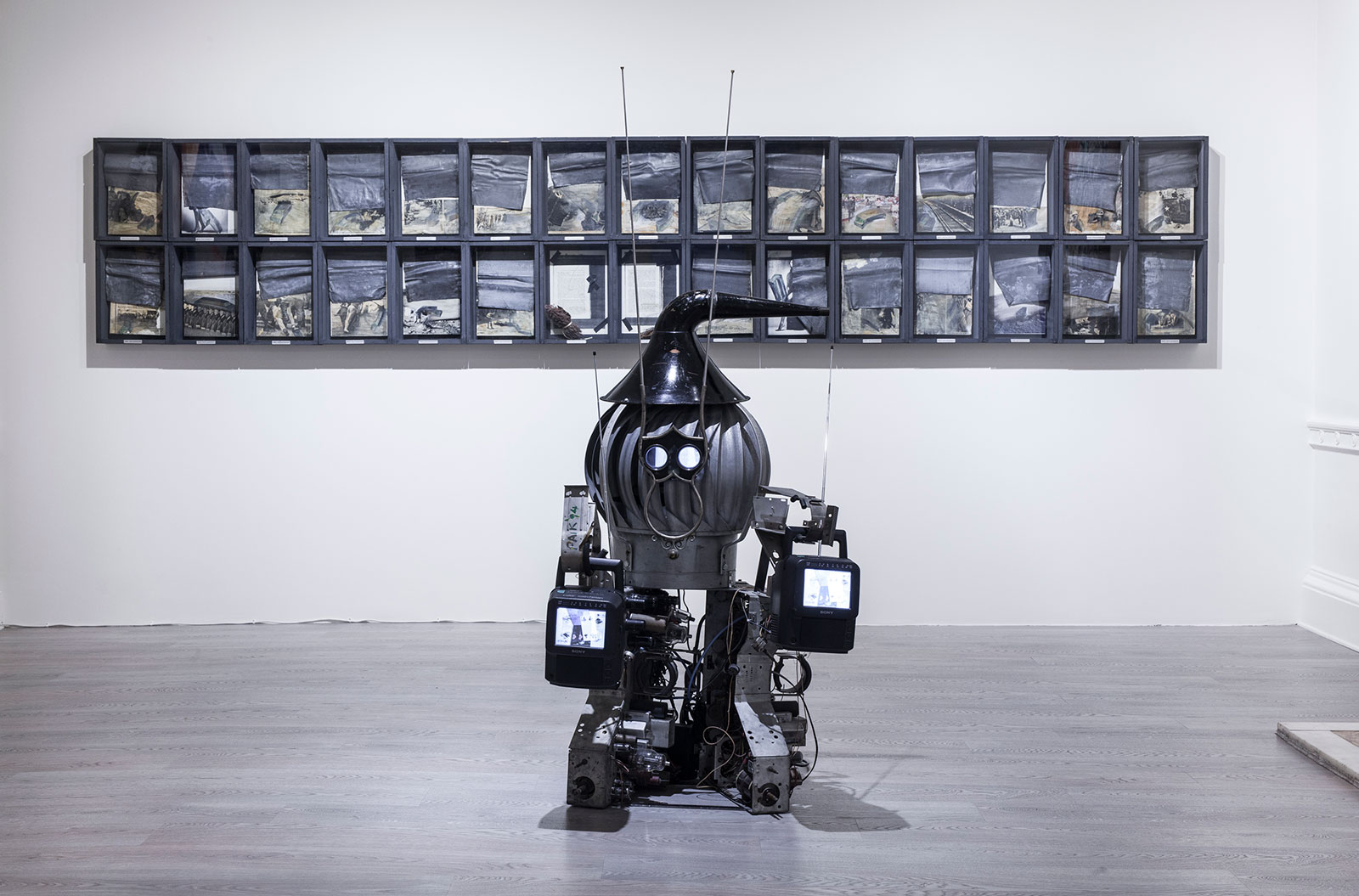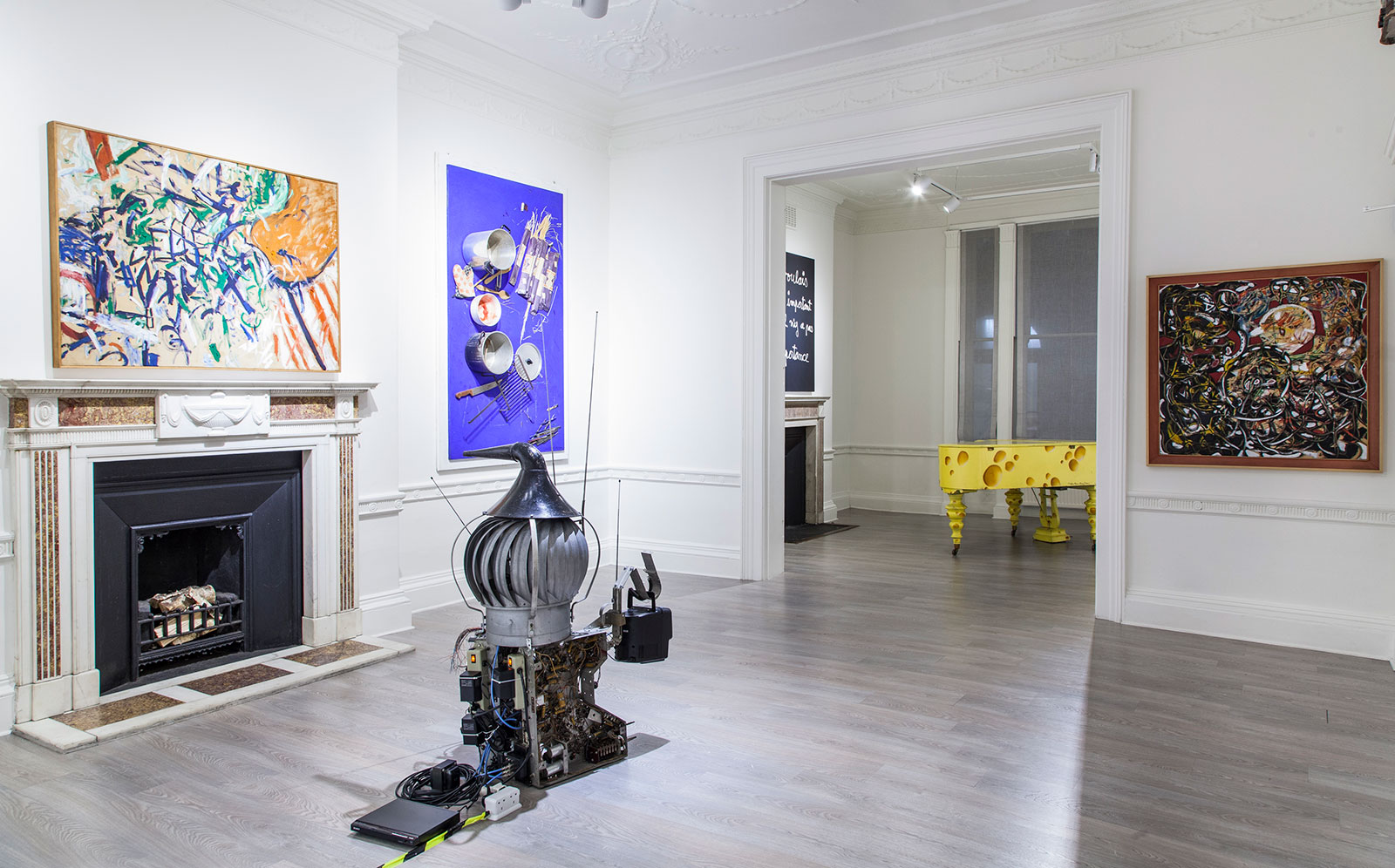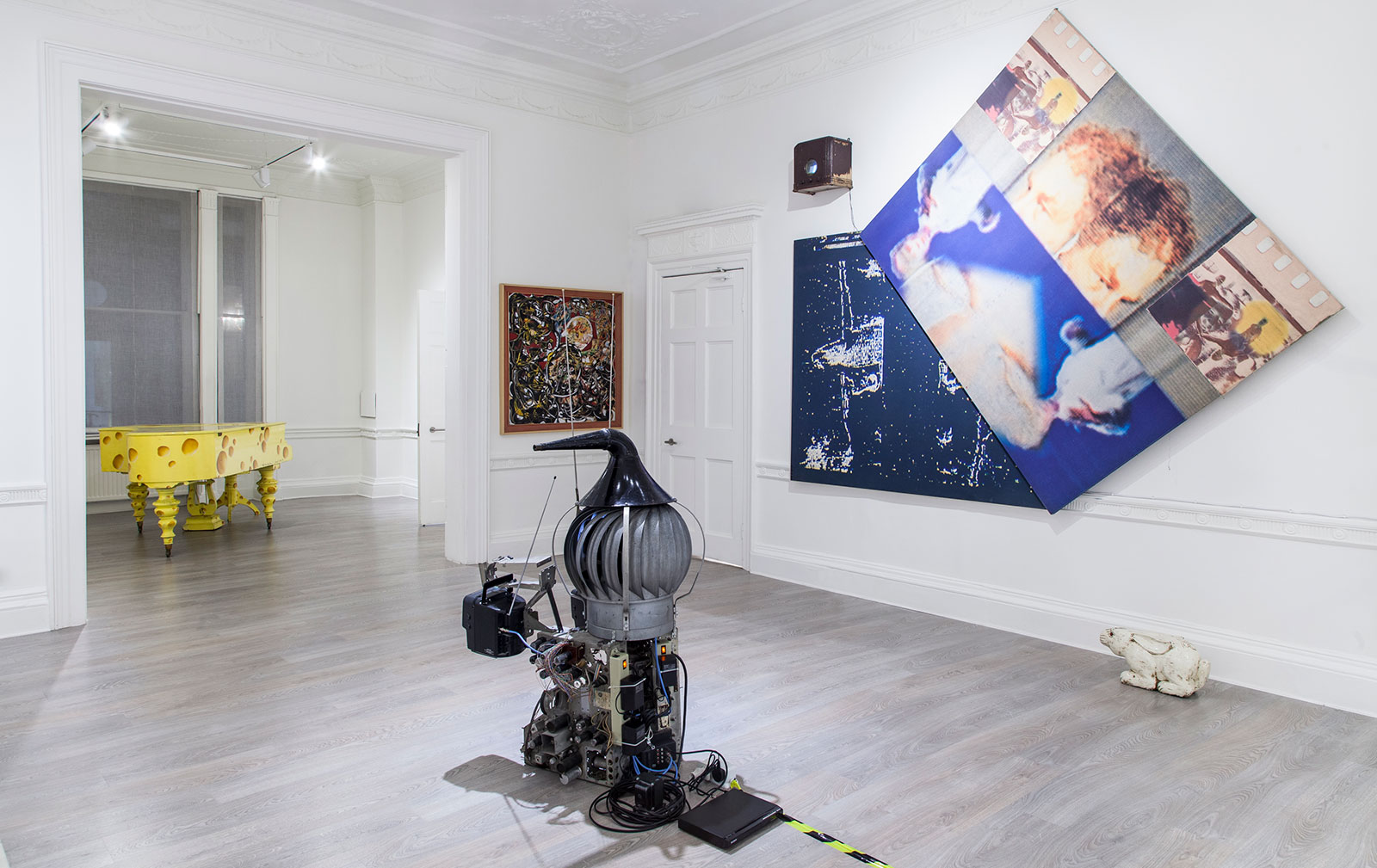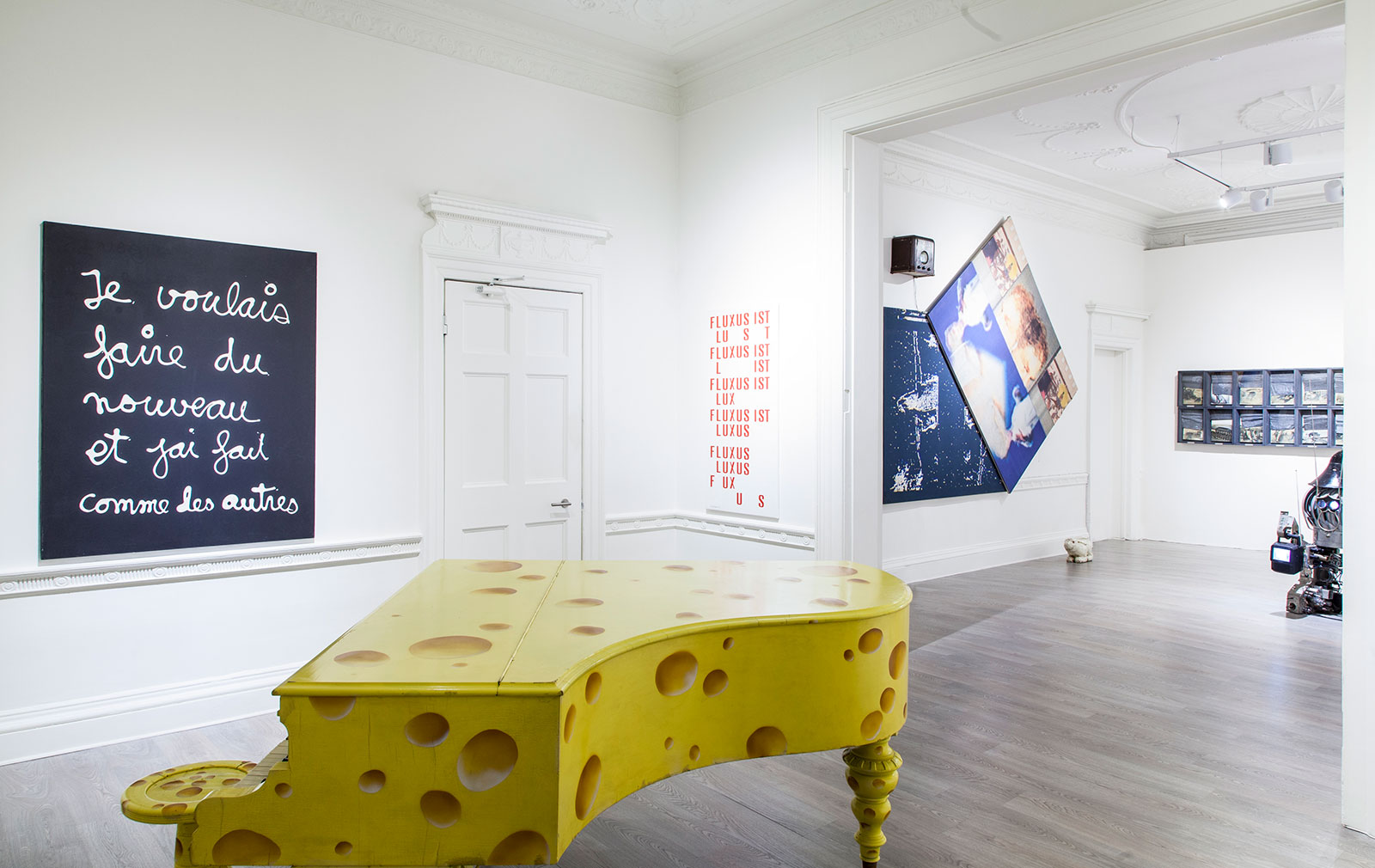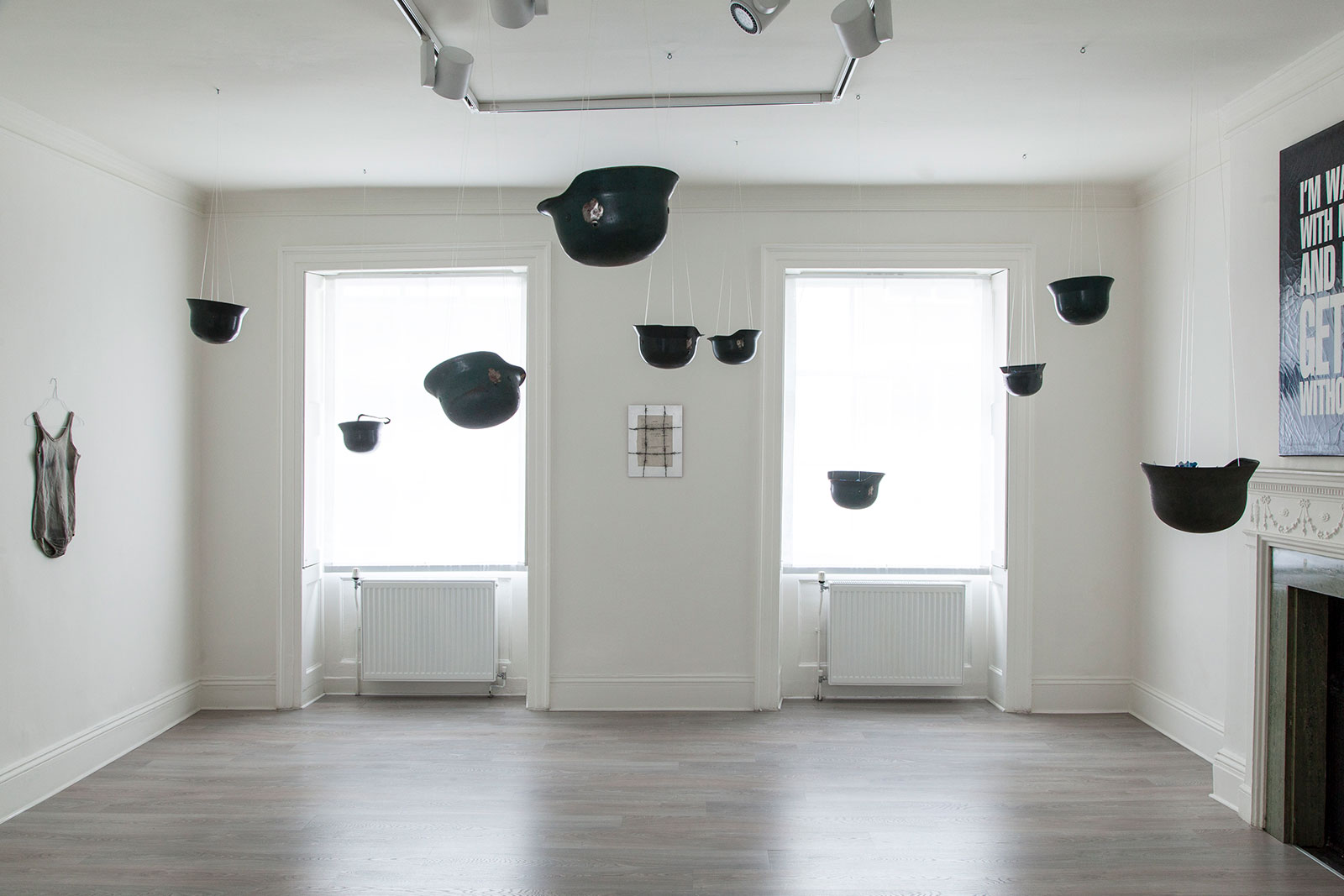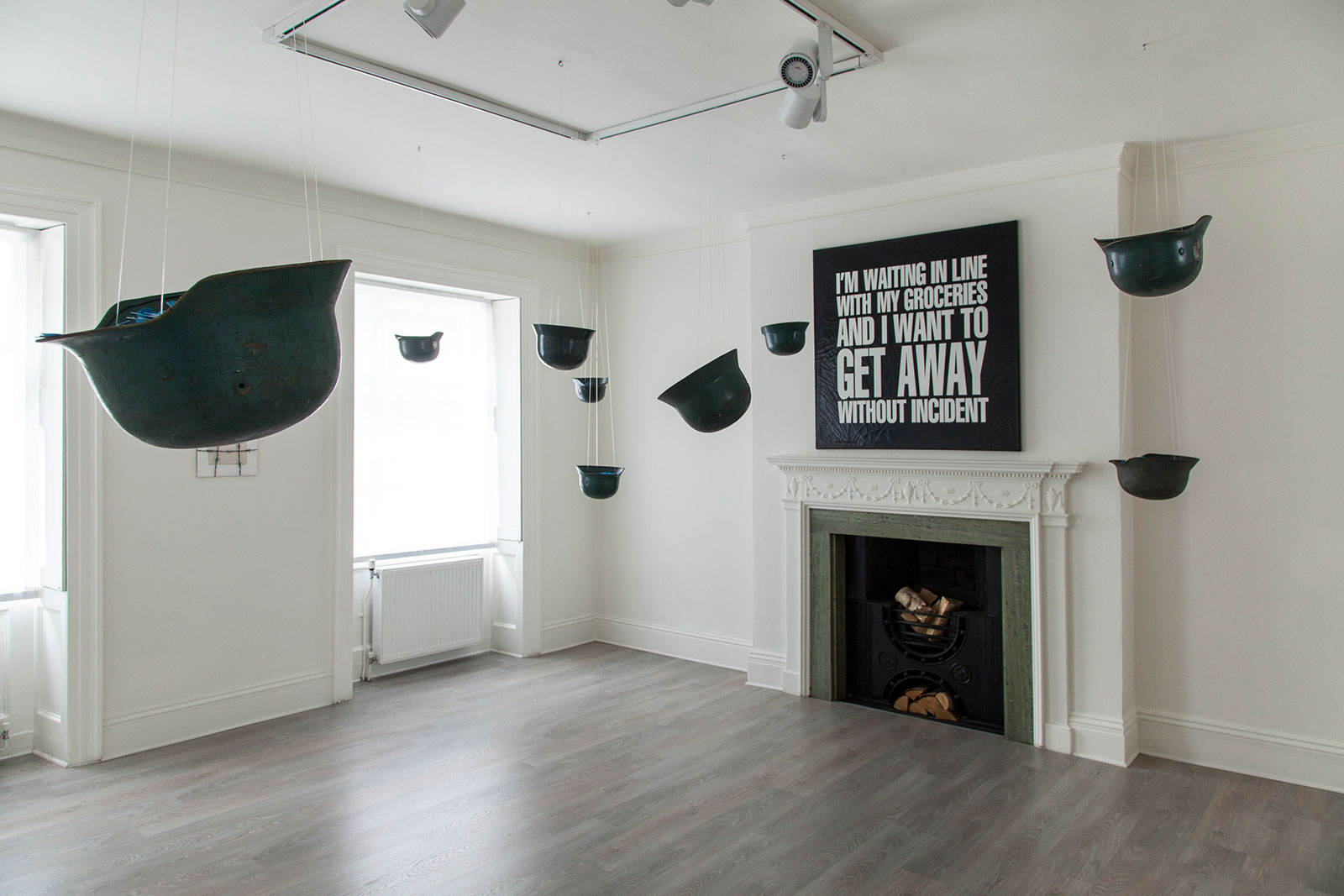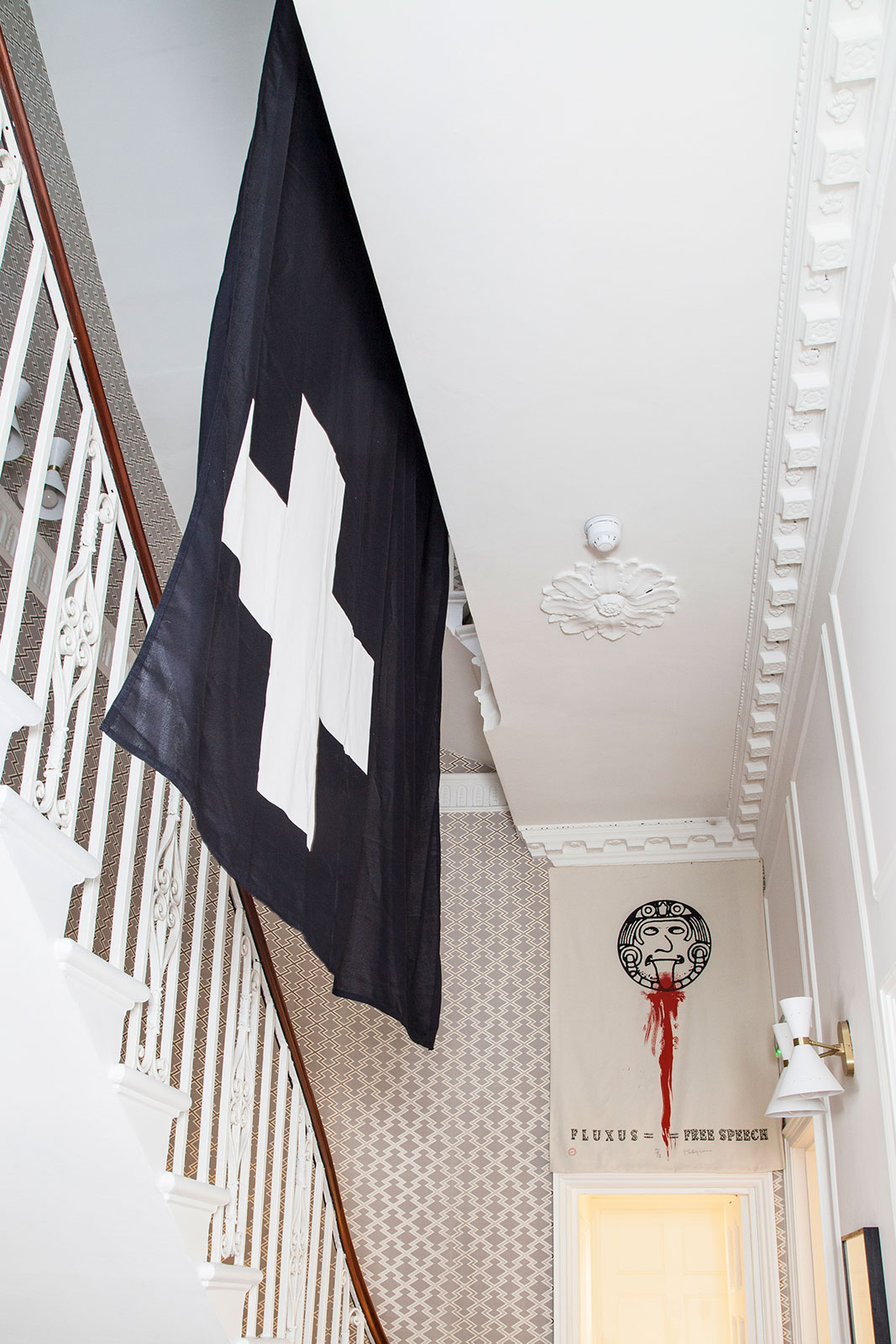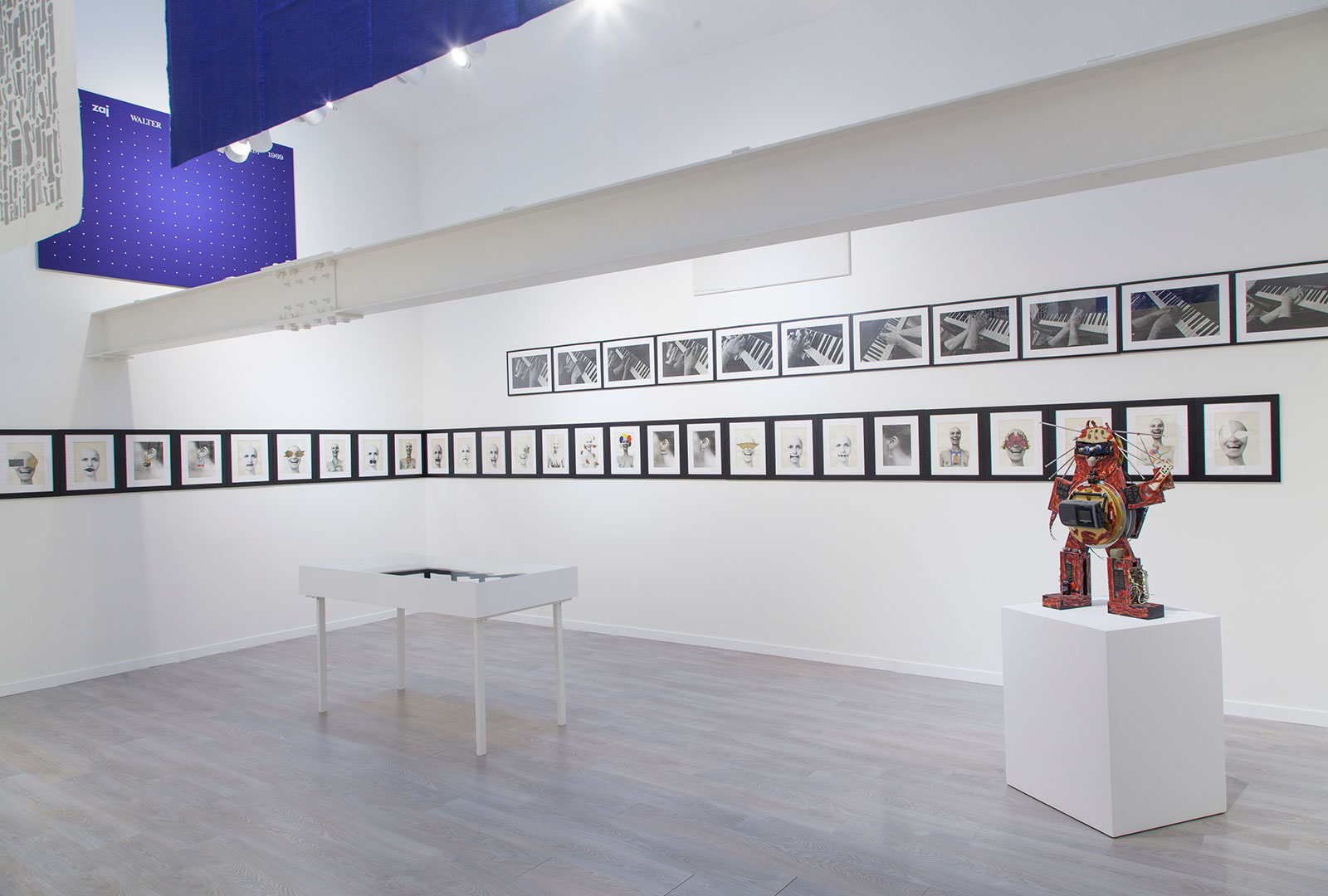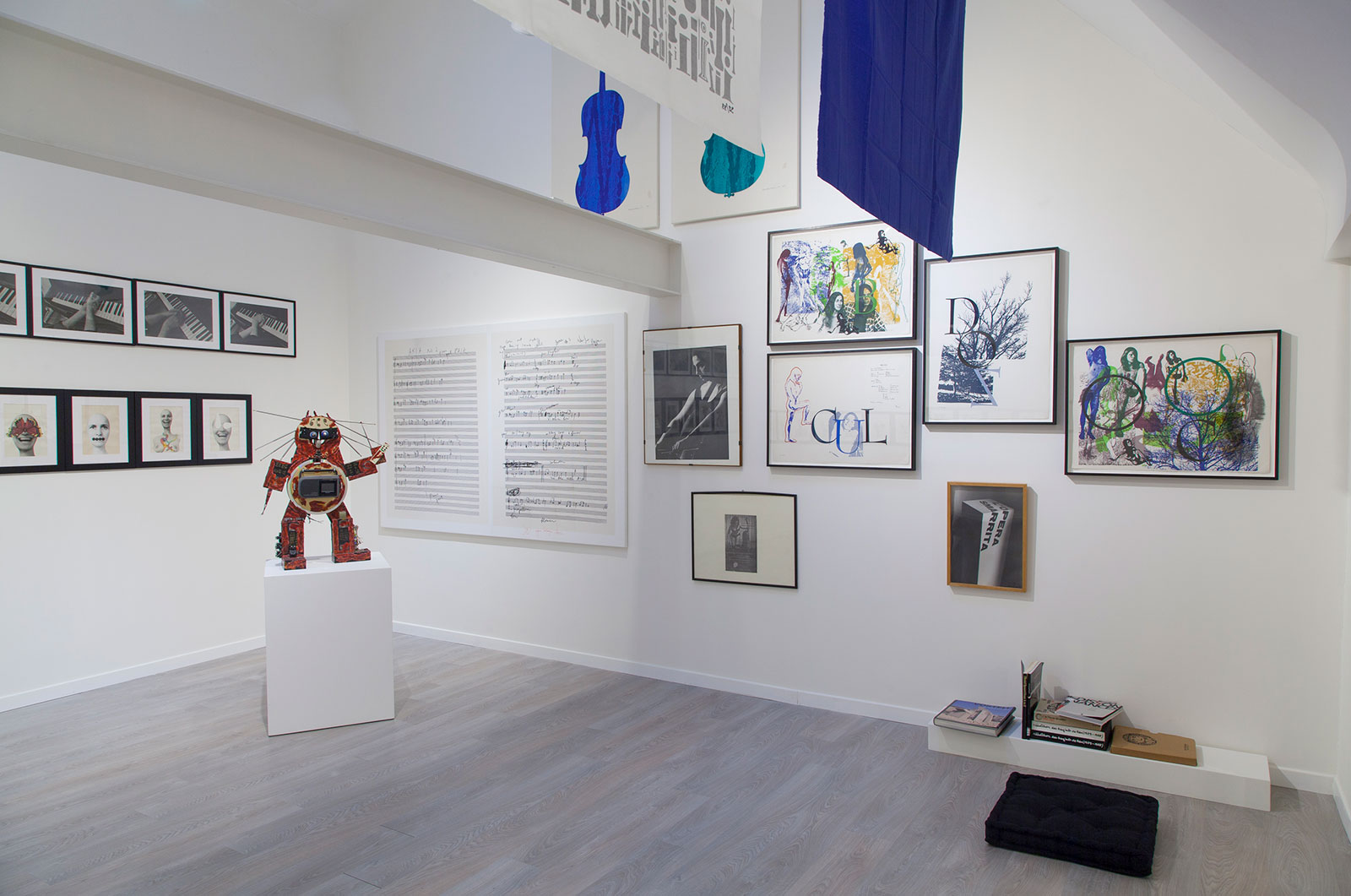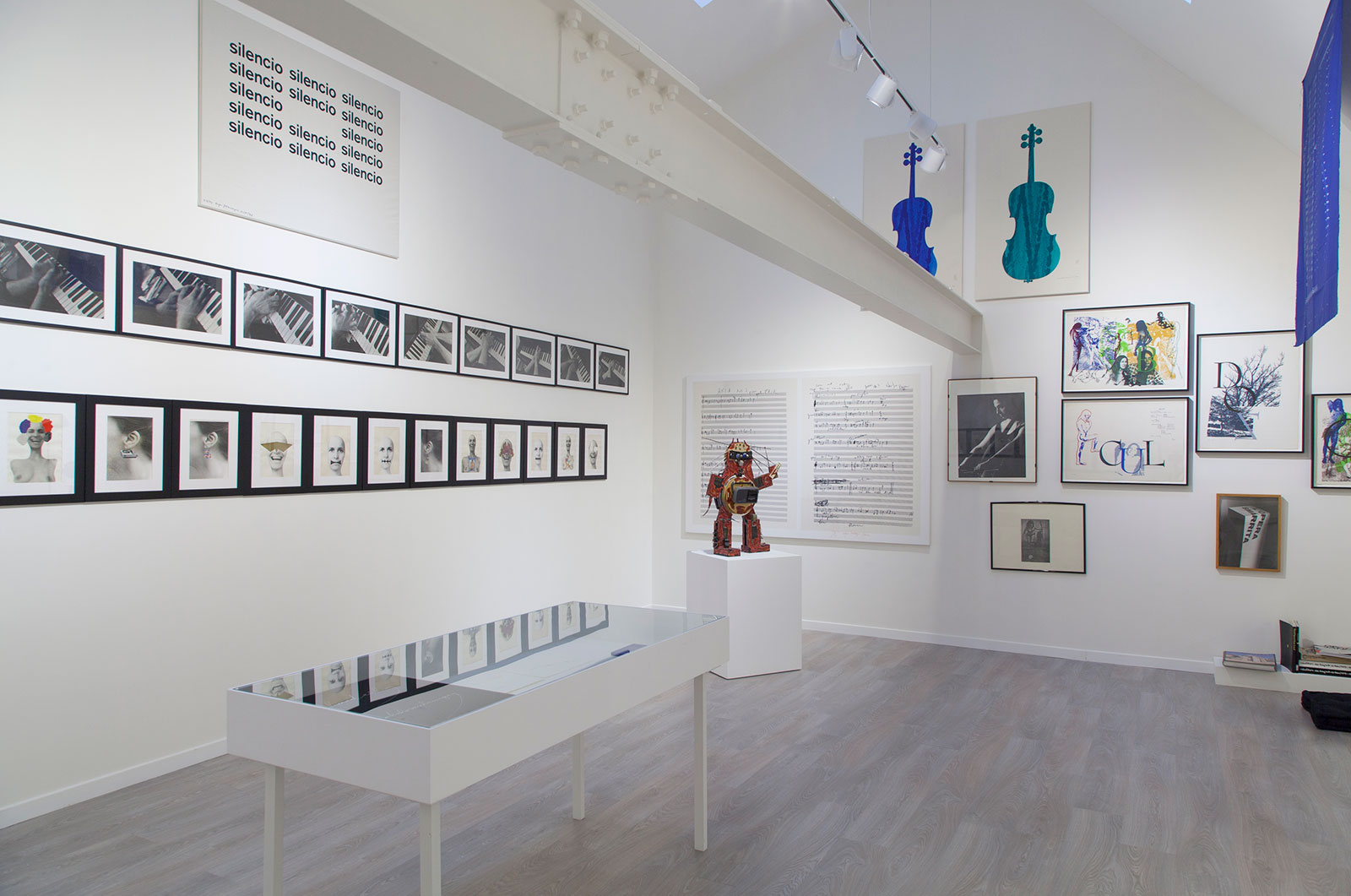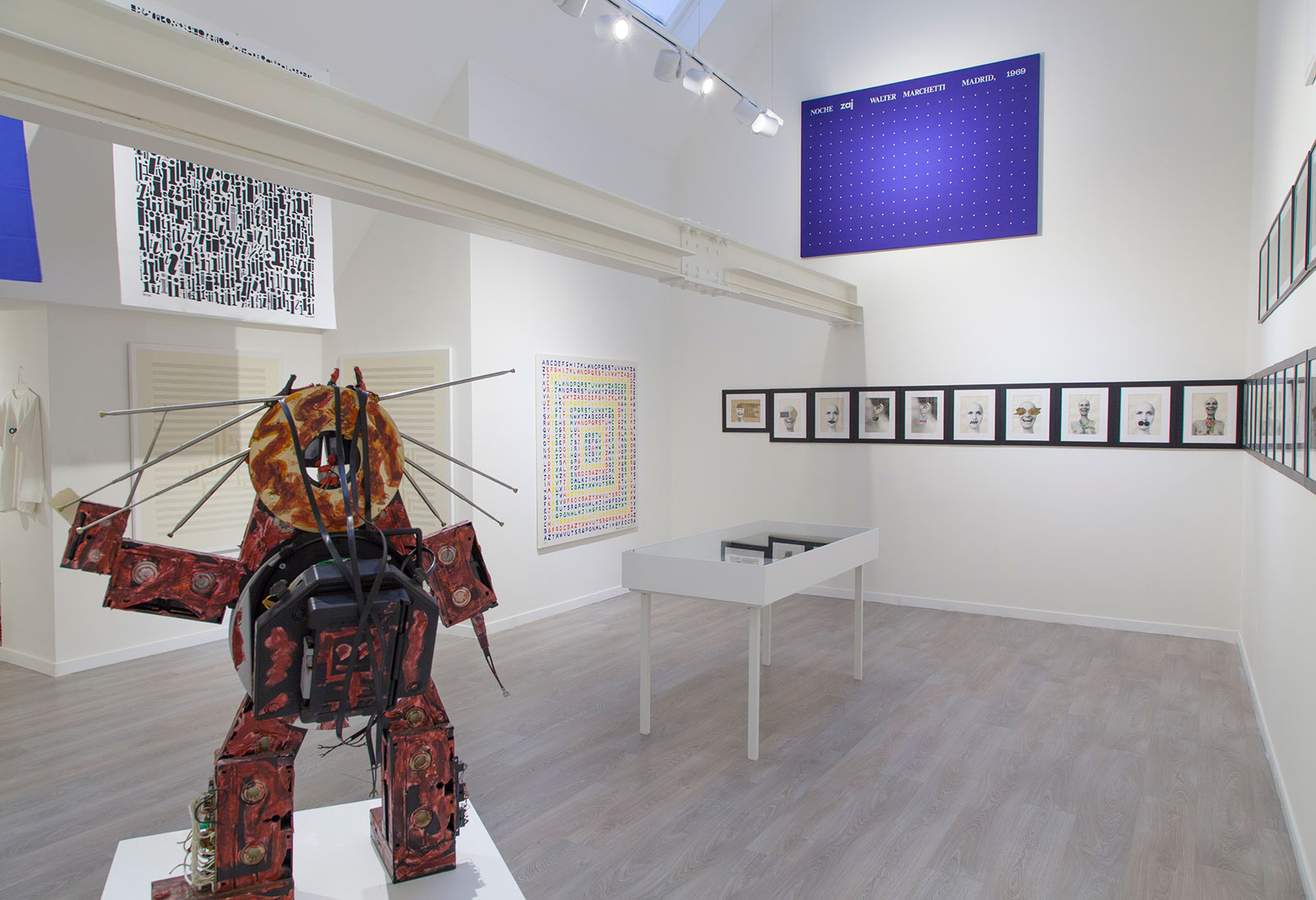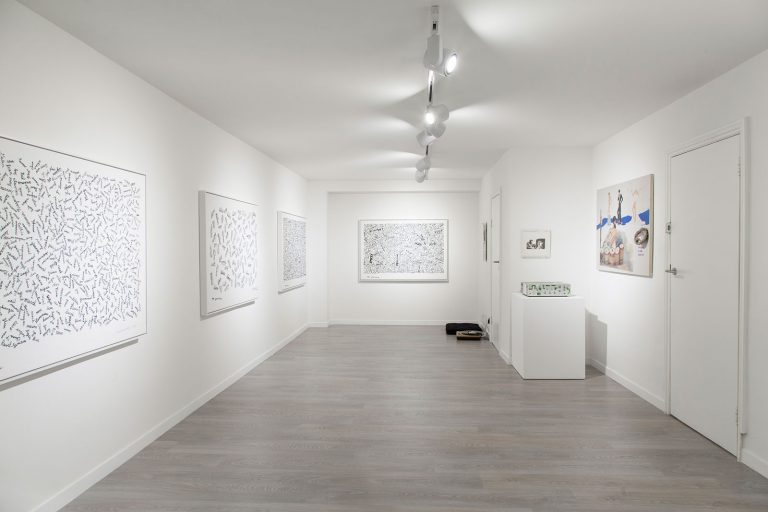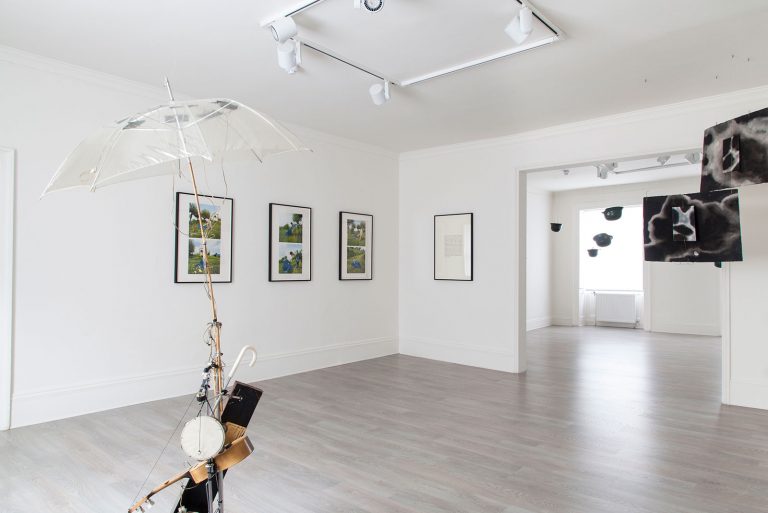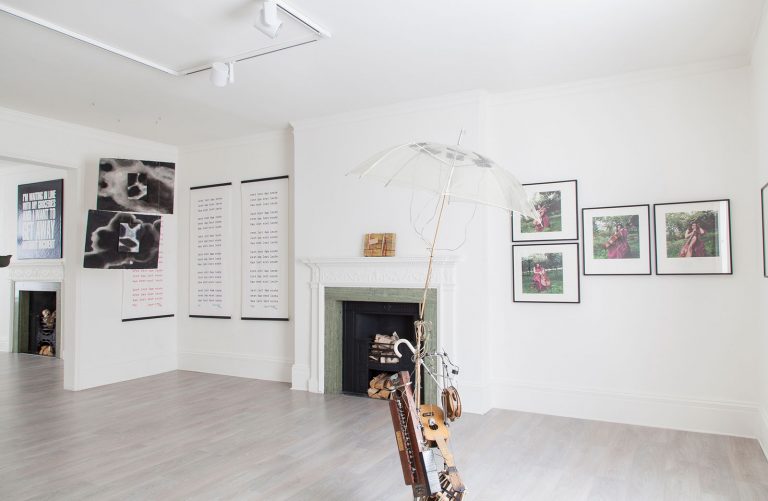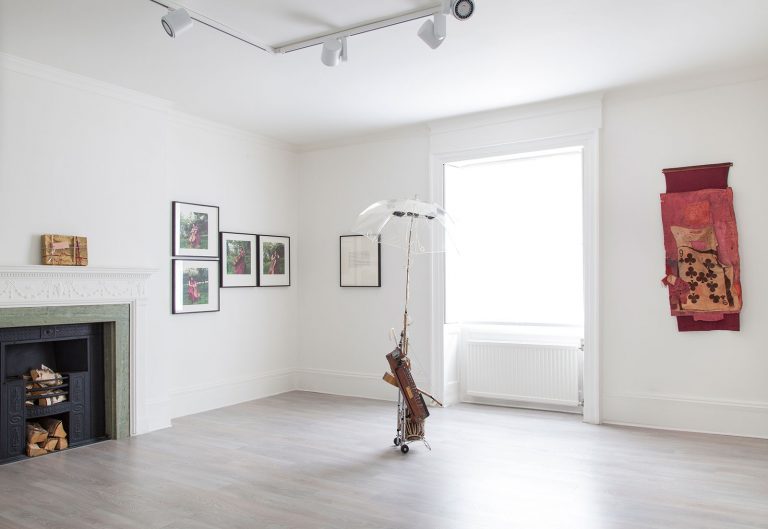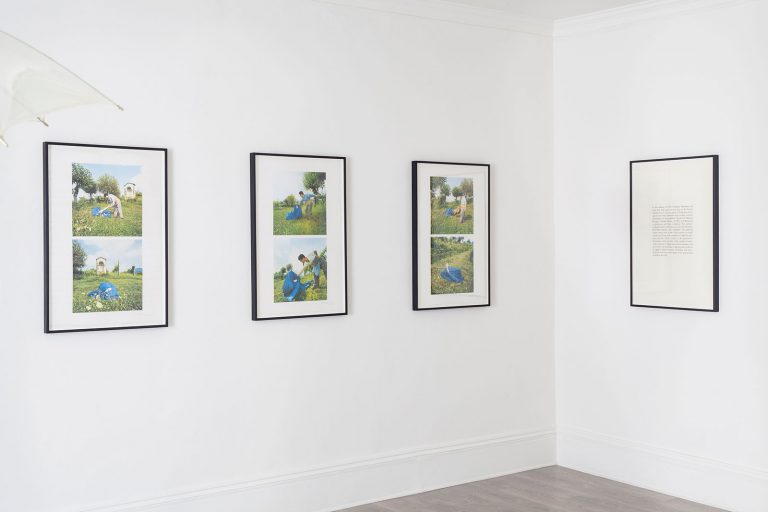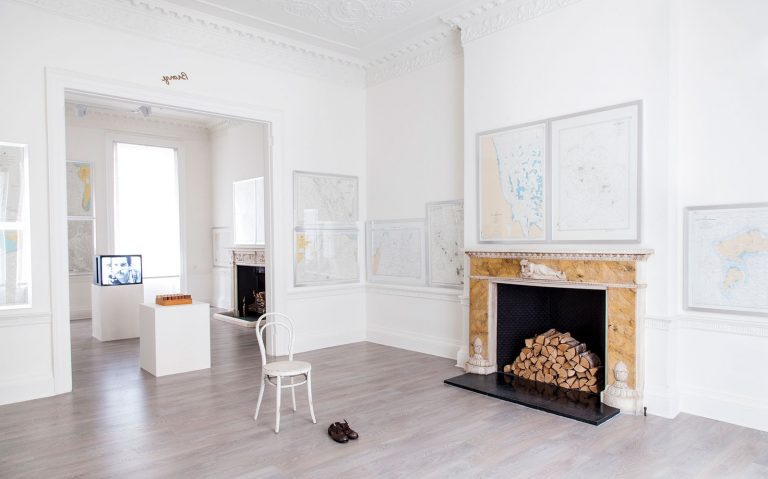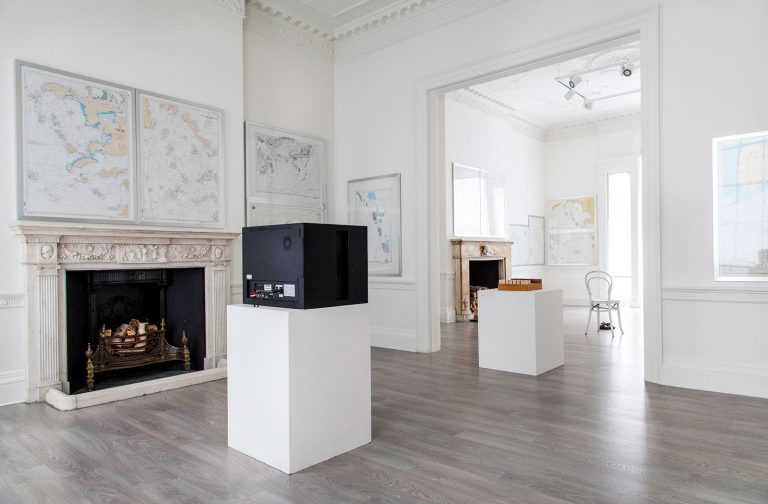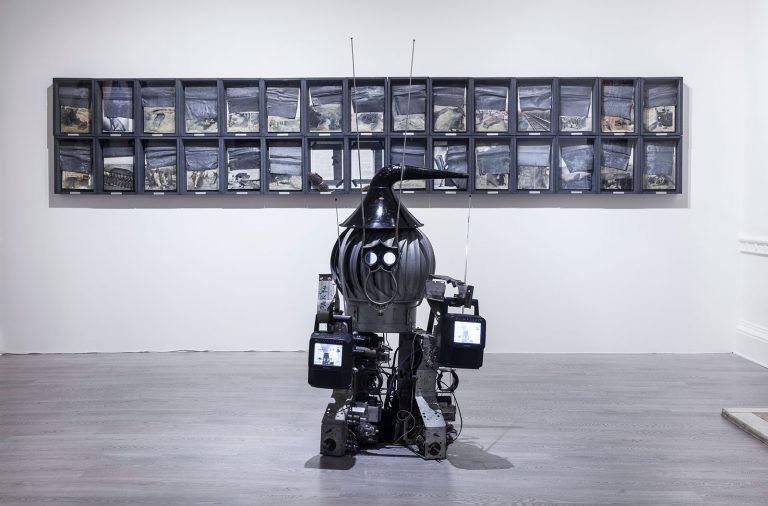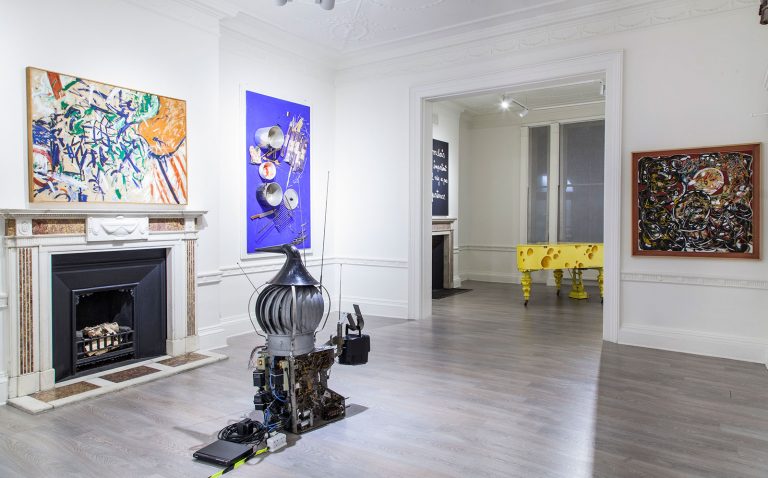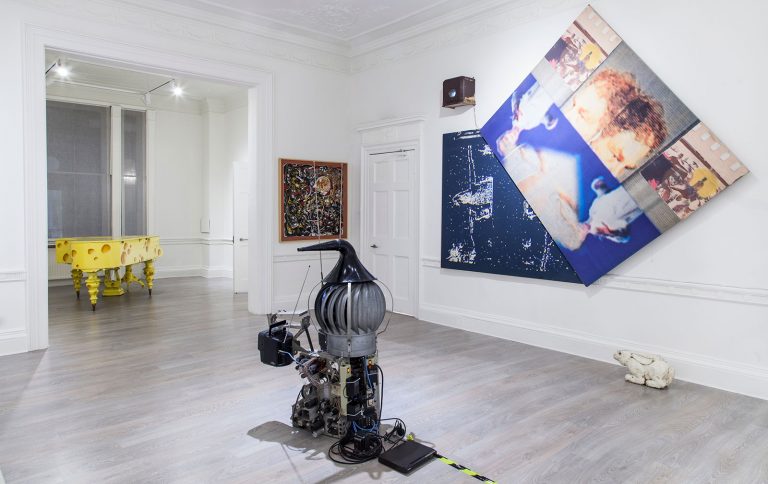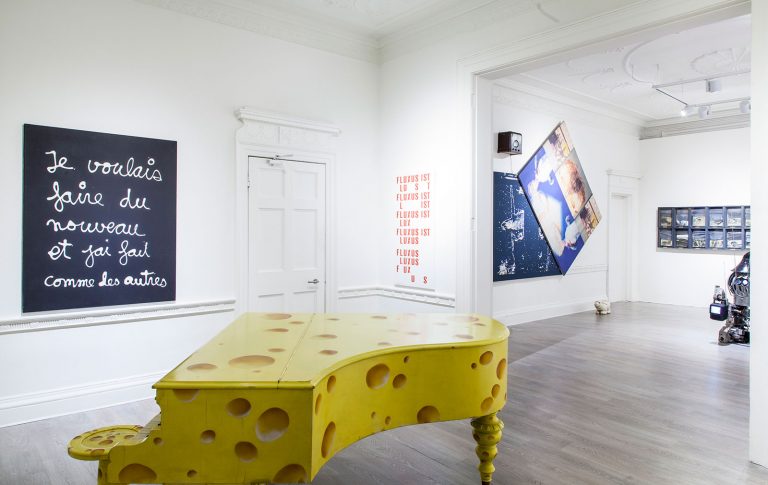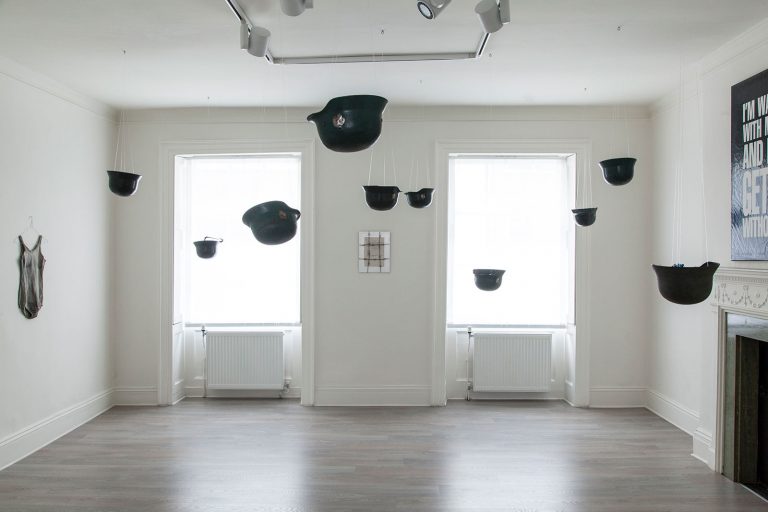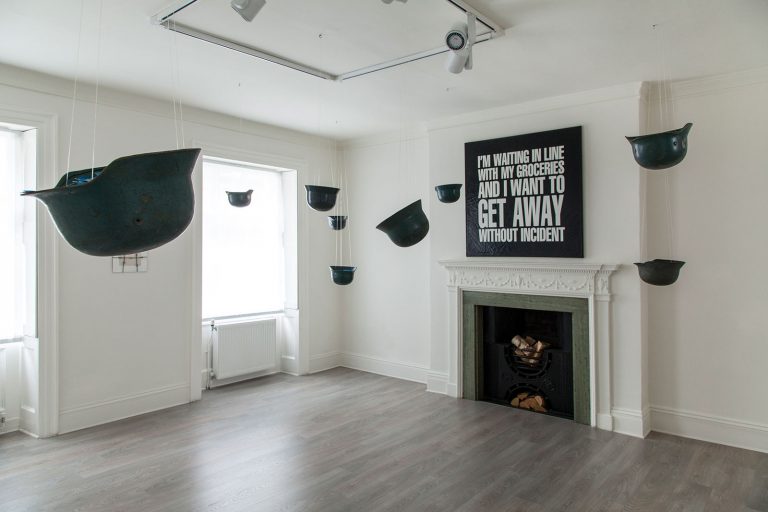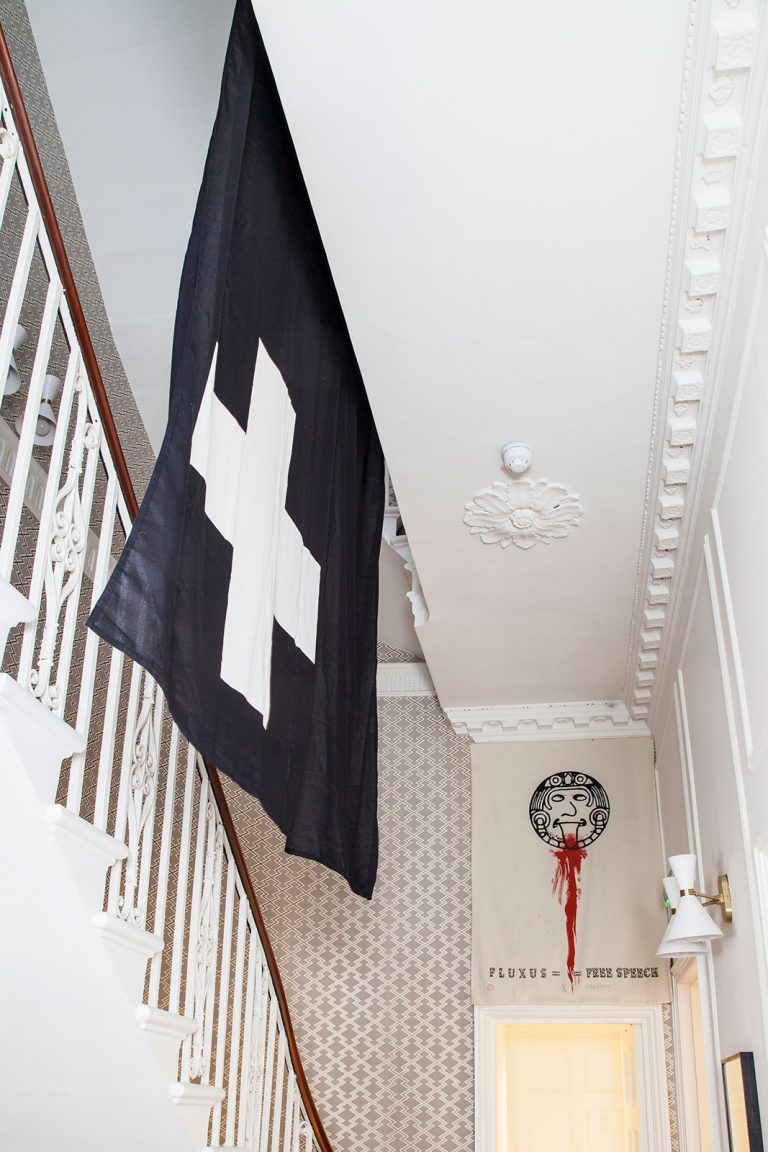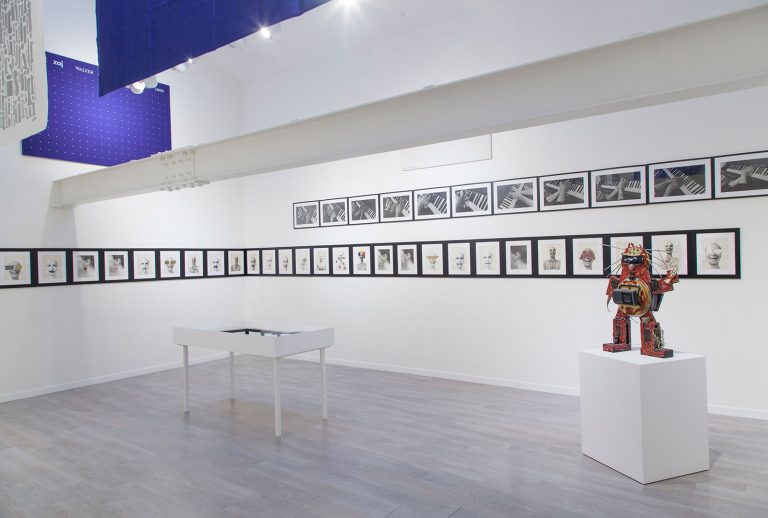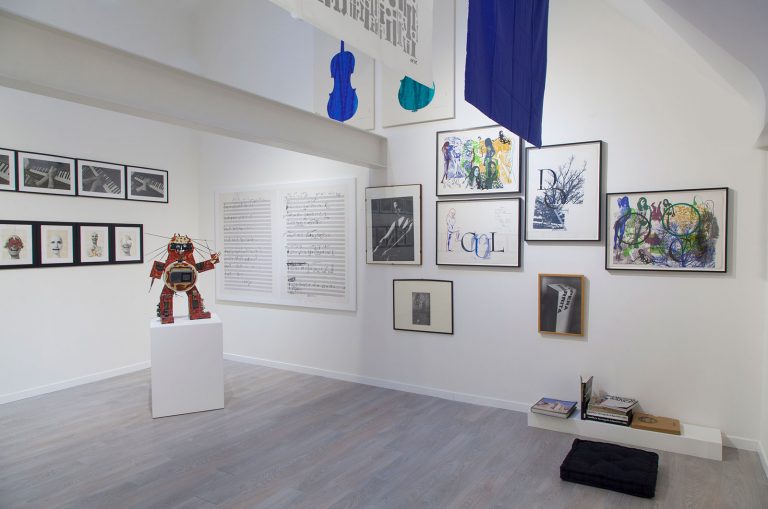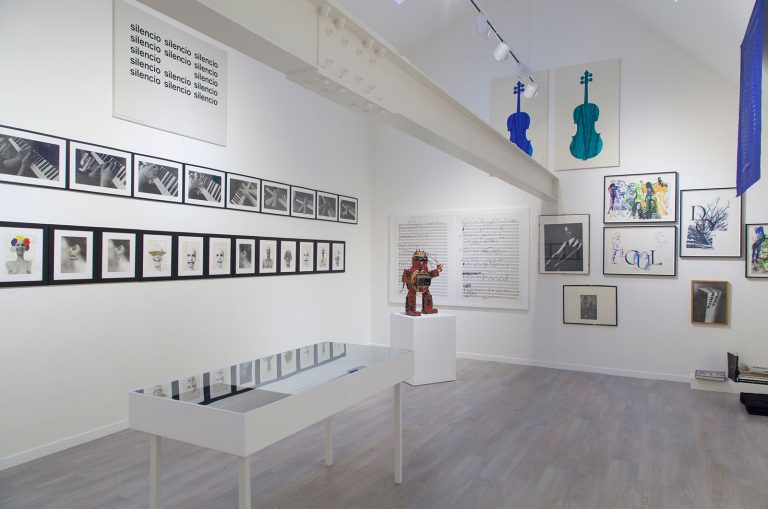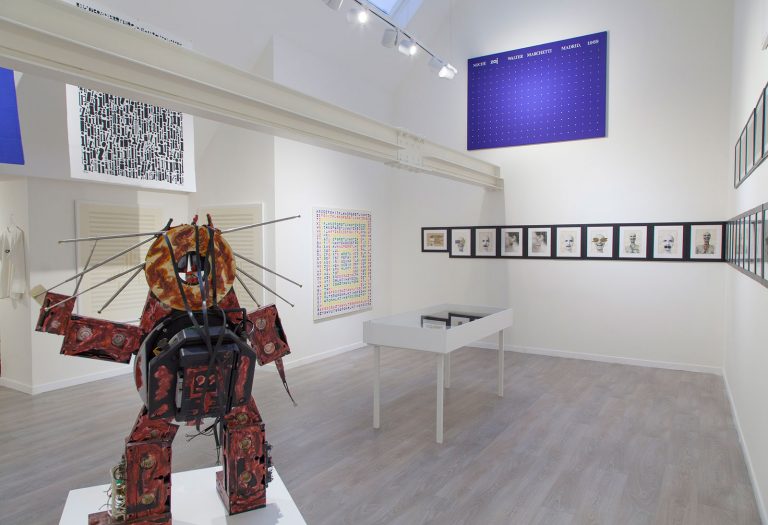‘MY LIFE IN FLUX’ brings together over 80 artworks ranging in date between 1955 and 2006, many of which have never been seen before in the U.K. The exhibition also includes several multimedia editions that represent the broad range of materials Fluxus artists embraced. Curators Gigiotto del Vecchio and Davide di Maggio have selected key works by 37 artists, including the major players within Fluxus alongside composers and visual artists that influenced the practices of Fluxus artists and artists inspired by the movement. The exhibition features pieces from the Conz, Di Maggio and other private collections, playfully juxtaposing them with those from Archivio Gualco.
Many Fluxus artists worked in collaboration across a wide variety of media, from painting and sculpture to less traditional formats such as performance, video, poetry and experimental music. In the wake of a new interpretation of Dada and other Conceptual Art practitioners such as Marcel Duchamp and John Cage and the minimalist aesthetic typical of the 1960s, Fluxus artists turned to expansive, revolutionary gestures, to collective experiences based on sociological, philosophical and technological developments. The Fluxus artist’s aim was to change political, social and aesthetic perception.
Fluxus artists shared a radical view of the art market and its elitism. They never wanted nor even imagined to position themselves within the art market’s capitalist dynamics. Instead, they sought to express their ideas by engaging in a parallel alternative to the mainstream art industry that was being shaped in those years.
“The most important thing about Fluxus is that nobody knows what it is” said Robert Watts. Indeed, reducing Fluxus to an art ‘movement’ is too limiting; it may better be defined as an attitude toward art making. In the words of its founding father, George Maciunas, “Fluxus-art-fun should just be simple, entertaining and undemanding, it should be about insignificant things, it shouldn’t require special skills and countless rehearsals…”
